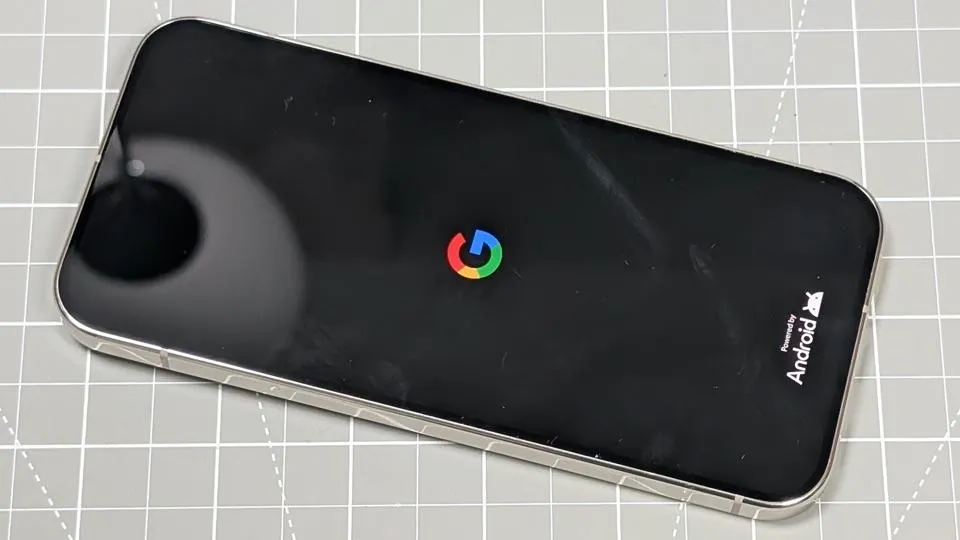Forbes contributors publish independent expert analyses and insights.
Last month's "Made By Google" event saw the launch of the Pixel 10 Pro family. The four handsets (the Pixel 10, 10 Pro, 10 Pro XL and 10 Pro Fold) picked up critical acclaim and are on sale now. Apple's traditional early September launch for the iPhone will see the iPhone 17 and iPhone 17 Pro revealed on Tuesday, Sept. 9, before going on sale in the coming weeks.
There's going to be a lot of head-to-head comparisons, and I'm expecting to see the Pixel 10 Pro and the iPhone 17 Pro dominate the match-ups (with a dash of Samsung's Galaxy S25+ in the mix as well). I do not doubt that in terms of sales, the iPhone 17 Pro will be the more popular handset, but winning is not just about the sales figures; it's about capturing consumers to the platform to generate sales for online services and deciding the future direction of the smartphone.
And the victor may already be decided before Apple steps into the ring.
For many years, photography prowess has been the benchmark that manufacturers believe will tempt consumers to their smartphones. Because of that, great stock is placed on the pictures and videos that are taken with a smartphone.
Pre-, during-, and post-production are now heavily dominated by AI and the use of computational photography to enhance quality. With the Pixel 9 family, Google leaned heavily into photography with the market, and has carried on this momentum-building approach with the Pixel 10 Pro.
Users will undoubtedly see the difference when editing their pictures. The Pixel's Magic Editor leverages generative AI tools, which can remove objects in the background, alter lighting, and realistically change the entire mood of a phone (a bright midday sun can easily be compensated for). Apple has leaned more into natural photographic output, but the extra creative power and the ability to capture impossible shots that the Pixel 10 Pro offers a more attractive story to users.
Whether you prefer a locked-down operating system or one that is open to multiple manufacturers, app stores, and peripherals will likely color your opinion on which is the better choice for the market. Being able to move between manufacturers and have them compete with each other, driving innovation forward, is, in my world, the better choice. And it's a choice that the Pixel 10 Pro delivers.
To take a handful of examples, with Android, you can choose your own rendering engine for your web browser, decide which launcher handles your homescreen and how it behaves and is laid out, and you are not limited to the Google Play Store. With Apple, your iPhone is stuck with Apple's launcher. Finally for now, Apple's WebKit rendering engine, no matter which browser app you choose,
Tim Cook's Apple will not have a failure on its hands with the iPhone 17 family -- although it will be interesting to see how much the public accepts the super-thin iPhone 17 Air. Neither will the Pixel 10 Pro match the sales of the iPhone 17 Pro.
But the Pixel 10 Pro presents an attractive narrative. It is pushing the limits of what a smartphone can be, as Google demonstrates what can happen when a phone moves away from the traditional "home screen into an app" interface and instead relies on agentic AI to present options and understand context. The benefits of AI in photographic processing and editing are front and centre.. And while Google may be looking to reduce the availability of sideloading, Android remains a more open and rich ecosystem.
Should we hand the pennant to Google now, or wait until after the Apple event on Tuesday?
